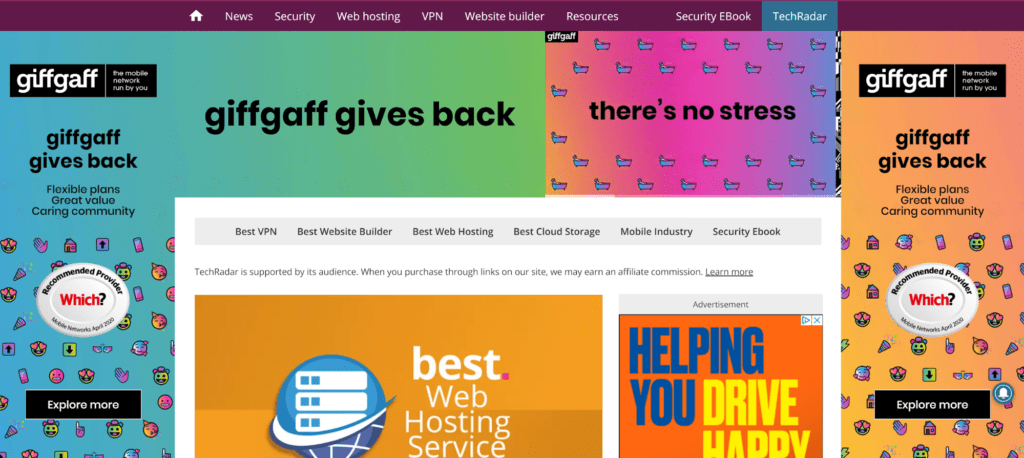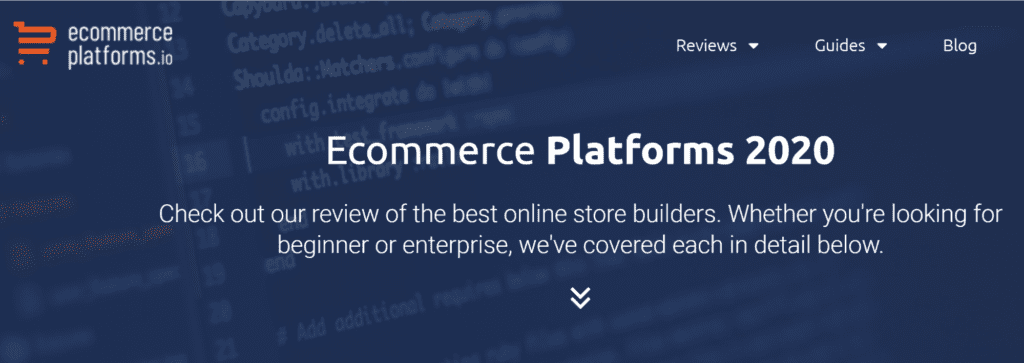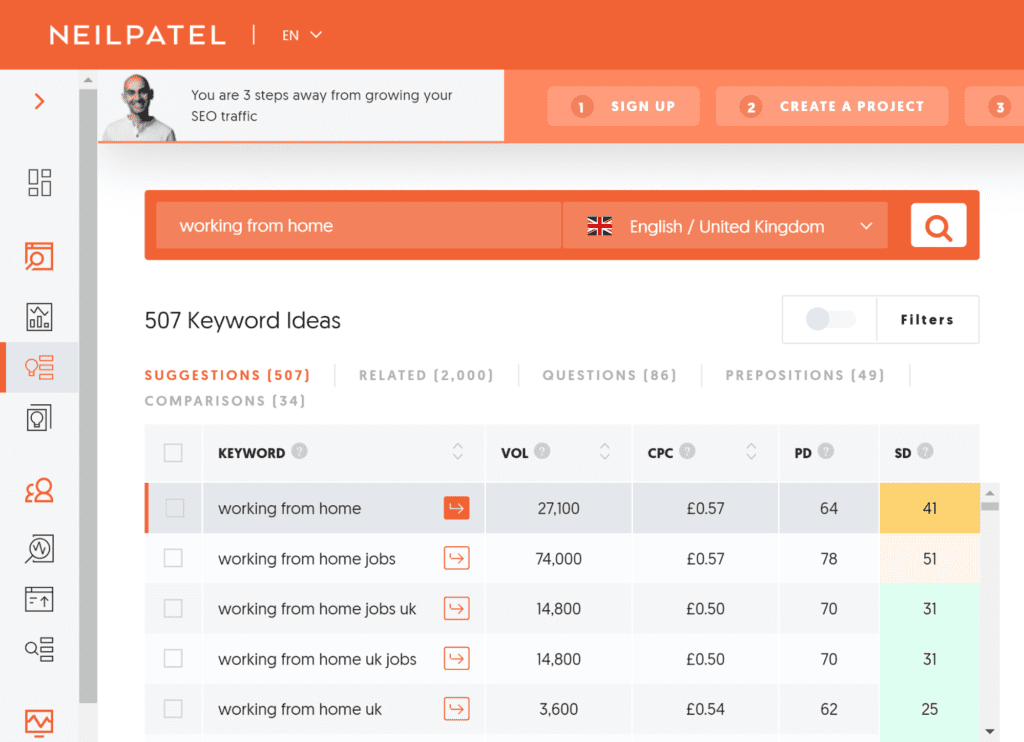How To Build The Ultimate Digital Strategy During Lockdown
Creating a great digital strategy can be difficult at the best of times, but it’s even trickier during lockdown. There are so many questions you need to address:
- What content do you write?
- Do you need to tweak your existing strategy?
- Does it matter what your competitors are doing?
- Should you even create lockdown-themed content in the first place?
We answer all these questions and more, giving you some top tips on how to build a digital strategy during lockdown.
Make some changes to your editorial calendar
A content strategy and editorial calendar are hugely important to a successful digital strategy. Indeed, 53% of marketers in companies with a successful content marketing strategy point to their solid, comprehensive calendar as the reason for their efficacy. Evidently, an editorial calendar is all but essential for a successful digital strategy.
But coronavirus has forced a change to that timeline.
This means that part of building your ultimate digital strategy is to review what you’ve already planned and establish what changes you need to make — what you should keep, and what you should get rid of.
You don’t have to bin everything you’ve scheduled, but you must keep in mind that anything you keep needs to be in good taste.
Lockdown is an emotive time and you need to be sensitive to this. People are losing loved ones, jobs, and their sense of self.
This means if you’ve scheduled content on things like “how to take the next step in your career” you might want to address it differently – you could instead look at topics such as “how to create the ideal home work set up.”
Review what content your competitors are publishing

Credit: Pexels
A good way of deciding what content you need to publish is to look at your competitors.
Establish who your brand wants to match — this could be a competing business, or it could be one who’s active in the same space you want to be a part of — and look at their website.
These are a few of the things to consider when looking at your competitors:
- Language: how are they talking about lockdown?
- Imagery: what pictures do they use in their content?
- Tone: are they informative, reassuring, and so on?
- Angles: what are they covering and how is it angled towards the lockdown?
- Frequency: how often are they publishing content?
- Quantity: how much content are they putting out and how long is each piece?
Your competitors’ lockdown strategies will do one of two things: either talk about lockdown, or not talk about lockdown.
You need to decide which way you’re going to go, then how you’re going to tackle those six points mentioned above – from language to quantity.
This is important because it will provide the skeleton for your digital strategy. You then put flesh on the bones by working to the unique objectives, capabilities, and capacity of your business.
Tackle lockdown in a way that supports your core topics
Your digital strategy at all times should be inspired by your audience. You need to give them what they want, especially when it comes to the topics you cover.
Your industry will be split into two camps: brands whose audiences do want lockdown content and brands whose audiences don’t want lockdown content.
In the B2B sector, for instance, 88% of the most successful marketers prioritize their customers’ needs over their own sales message in content. We can extrapolate from this that for many brands, customer needs are a priority during these unusual times.
And yet, there are plenty of brands who have chosen not to discuss the lockdown on their blogs, adopting a business-as-usual approach. Hubspot is one such example of a digital brand that’s not using its blog to talk about lockdown.
But there are plenty more examples of brands that have decided to focus on the pandemic.
Take Techradar and its sister site TechRadarPro. TechRadar gives its audience advice about what tech equipment to buy, with its core content topics ranging from assessments of best of roundups that cover specific equipment (such as 2-in-1 laptops) to individual product commentary, like a specific product review.
What you’ll notice when you check the site is the distinct lack of lockdown content:
 Credit: TechRadar
Credit: TechRadar
The website navigation menu has no designated lockdown page and the homepage remains focussed on its core topics — news, reviews, phones, TVs, laptops, and cameras for TechRadar; security, web hosting, VPN, and website builder for TechRadarPro:
 Credit: TechRadar
Credit: TechRadar
However, TechRadar hasn’t avoided the topic of lockdown. What it’s done is to cover it by framing it in the context of its core subjects, so its audience is given content that’s both topical and relevant. This can be seen in titles such as these below (in bold and brackets we’ve highlighted the core subjects that the lockdown content supports):
- More and more Brits are starting a business during lockdown (website builder)
- Free calls, data boosts, and more – EE, Vodafone, O2, and other’s lockdown benefits (phones)
- Protecting your data in life after lockdown (VPN)
TechRadar’s approach is an excellent one to use. It doesn’t set itself up as an expert on lockdown, opting instead to act as an authority on the topics affected by lockdown. While you should always take the approach that works best for your business, we advise you to give strong consideration to following the strategy used by TechRadar.
Consider how people will perceive your content
Considering the content you’re going to publish is probably the most important part of your digital strategy during lockdown.
You must be mindful of things that could risk becoming inflammatory, particularly if you’re tackling lockdown as a subject. Such an approach could throw up additional issues:
- You cannot be seen to be capitalizing on the situation
- You need to decide if you’re going to take a stance, such as positive or academic
- You have to evidence any claims that you make in your content
Our recommendation is that you continue to deliver content that’s in keeping with your brand and make the necessary accommodations based on the comments we made above.
Establish if your brand can help your audience
You can’t be seen to be making a profit from the world being on lockdown. Some brands have faced serious backlash by people who consider them to be profiteering.
But what you can do is offer help — if it’s appropriate for you to do so.
Many brands are offering their support by giving tips on how people and businesses can get used to working from home. Some great examples include:
- 8 Productivity Tips for Lockdown — Reed Wellbeing
- 6 Tips To Work From Home Successfully During Lock Down — Forbes
- How To Maintain Your Mental Health While Working From Home — Fast Company
This is part of a trend towards community building — the idea that we’re all in this together and we can get by with a little help from our friends.
Keep your tips relevant and concise. Don’t make your readers work for the value — outline your point first, and then use examples to back up your points.
Use visuals to illustrate your point (where appropriate). Around 65% of the population are visual learners, and aids such as graphs, diagrams, or photos can help your audience better engage with what it is you’re communicating.
Above all, make sure that your points offer genuine value that is relevant and useful. This is essential during these challenging times and will help your digital strategy soar above the rest.
Make sure your evergreen pillar pages fulfill their purpose
You can’t ignore lockdown in your digital strategy. Whether you choose to give it plenty of attention, cover it occasionally, mention it in passing or choose not to talk about it, the subject is one you have to make a decision on.
One decision you don’t need to make is on your pillar pages.
These are your money pages, the ones that get your audience to complete actions that support the bottom line of your website and business. They’re the centerpiece of your digital strategy and lockdown is the ideal time to make sure you’re getting max value from them.
Unsure about how these pages should look, feel and act? Take the example of EcommercePlatforms.io. Focused on helping e-commerce business owners and aspiring digital entrepreneurs, it looks at the different equipment and strategies needed to start a digital company, with its content ranging from marketing tactics (such as attracting new customers to your site) to e-commerce platform assessments (like a LemonStand review).
However, it’s pretty simple to spot the pillar pages. It says it’s geared towards reviewing online store builders and there’s a ‘reviews’ section on the website menu:
 Ecommerce platform reviews are obvious evergreen pillar pages — so long as people are starting digital businesses they’ll need an online store to sell their products. However, while the core topics of these reviews remain evergreen, the content does need updating.
Ecommerce platform reviews are obvious evergreen pillar pages — so long as people are starting digital businesses they’ll need an online store to sell their products. However, while the core topics of these reviews remain evergreen, the content does need updating.
Here’s a sample of the key topics covered (in bold and brackets we’ve highlighted the things that need to be revisited to ensure the copy remains accurate):
- Pricing (does the platform still cost the same?)
- Dashboard (have any features been added/removed?)
- Plugins and Extensions (are there new options?)
We’ve given you a very brief overview of how to tackle the issue of updating your evergreen pillar pages and the precise topics may not be of immediate relevance to your business/site.
However, the lesson you should take from EcommercePlatforms.io is that lockdown offers an opportunity to revisit these pages and make sure they’re up-to-date. For example, it would be a real failure if you didn’t update your product/service pages each time you develop a new feature.
Set the KPIs you’re going to use for your digital strategy
You’re probably already well aware that your digital strategy needs to have KPIs attached to it. These are the goals that provide your strategy’s direction and ultimately confirm whether or not it’s succeeded.
Here are some of the KPIs may want to use:
- More social media follows
- Increased brand awareness
- Links from high authority sites
Of course, while you may agree with some of the KPIs above, you’ll also have your own ideas and objectives.
But you also need to think about the KPIs you shouldn’t use, for instance:
- Time on site
- Bounce rate
- Organic visits
Figures can be misleading. For instance, a high bounce rate may mean that your web page answers a page quickly, meaning you’ve given your audience exactly what they want.
Check out Rand Fishkin’s video below for some more advice on using time on site and organic visits as KPIs.
Plan and deliver your content
Planning and delivering your content is often the most fun part of your digital strategy. It’s where you get to inject some creativity into what you’re doing and to add your own voice.
One of the first things you should do is decide the topics you’re going to cover. Earlier, we talked about working from home as an angle — and it’s a good one, so let’s highlight it again.
Working from home is a topic that has plenty of angles you can use, such as mental health, productivity, and office station. Using keyword research helps you establish what searches are associated with your chosen subject and how you should tackle them.
Ubersuggest is a great free resource for keyword research. Let’s look at the results from the keywords “working from home”.
Information on search volume and difficulty:
 Credit: Ubersuggest
Credit: Ubersuggest
This tells you that “working from home” is something that a lot of people are searching for, but is quite competitive.
This means that the topic is a good one to write about, but you might want to target a lower volume, associated keyword – one you have more chance of ranking for, such as “working from home UK”:
 Credit: Ubersuggest
Credit: Ubersuggest
Once you’ve got your angles then you should decide what type(s) of content you’re going to use. You have four options:
- Written
- Audio
- Visual
- Video
Then you need to create your content and plan when and where to distribute it:
- When are things going out
- Date
- Time
- Where are things going out
- Blog
- Social media
This is all about understanding when your audience is most likely going to engage with your content. Is 13:00 on a Friday the best time to reach them on Facebook? Do you have a better chance of connecting your blog readers if you publish at 19:00 on a Sunday?
You can find out this information by checking the analytics of your blog’s CMS, Google analytics, or the reporting you get with your social media accounts.
While we’ve outlined a great digital strategy to use during lockdown, the hard work doesn’t end with getting your content published. You also need to respond to any comments you receive and you have to review what you’ve produced against the KPIs you set.
With this and everything else we’ve recommended in place, you’ve now got you your strategy set and operational.









